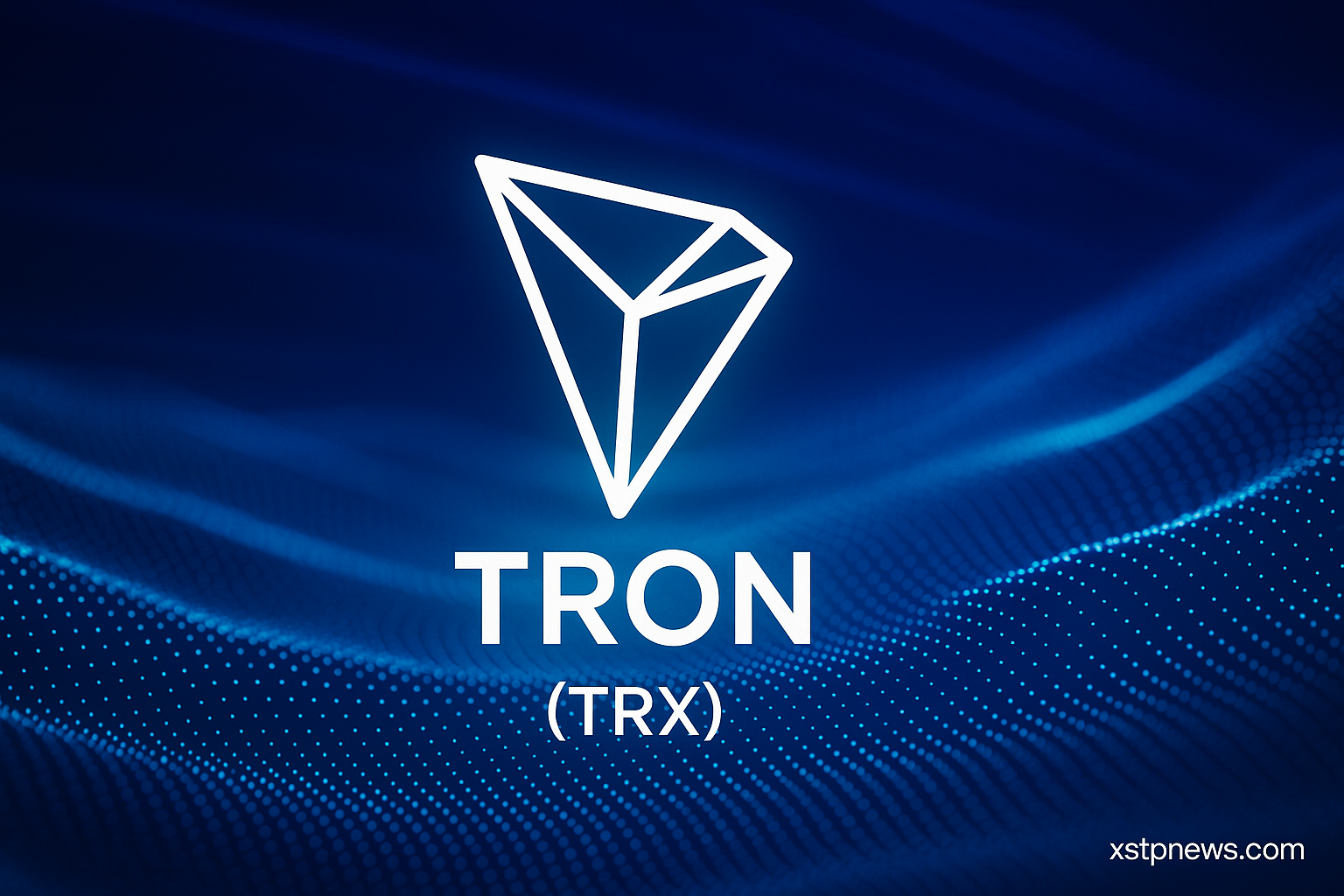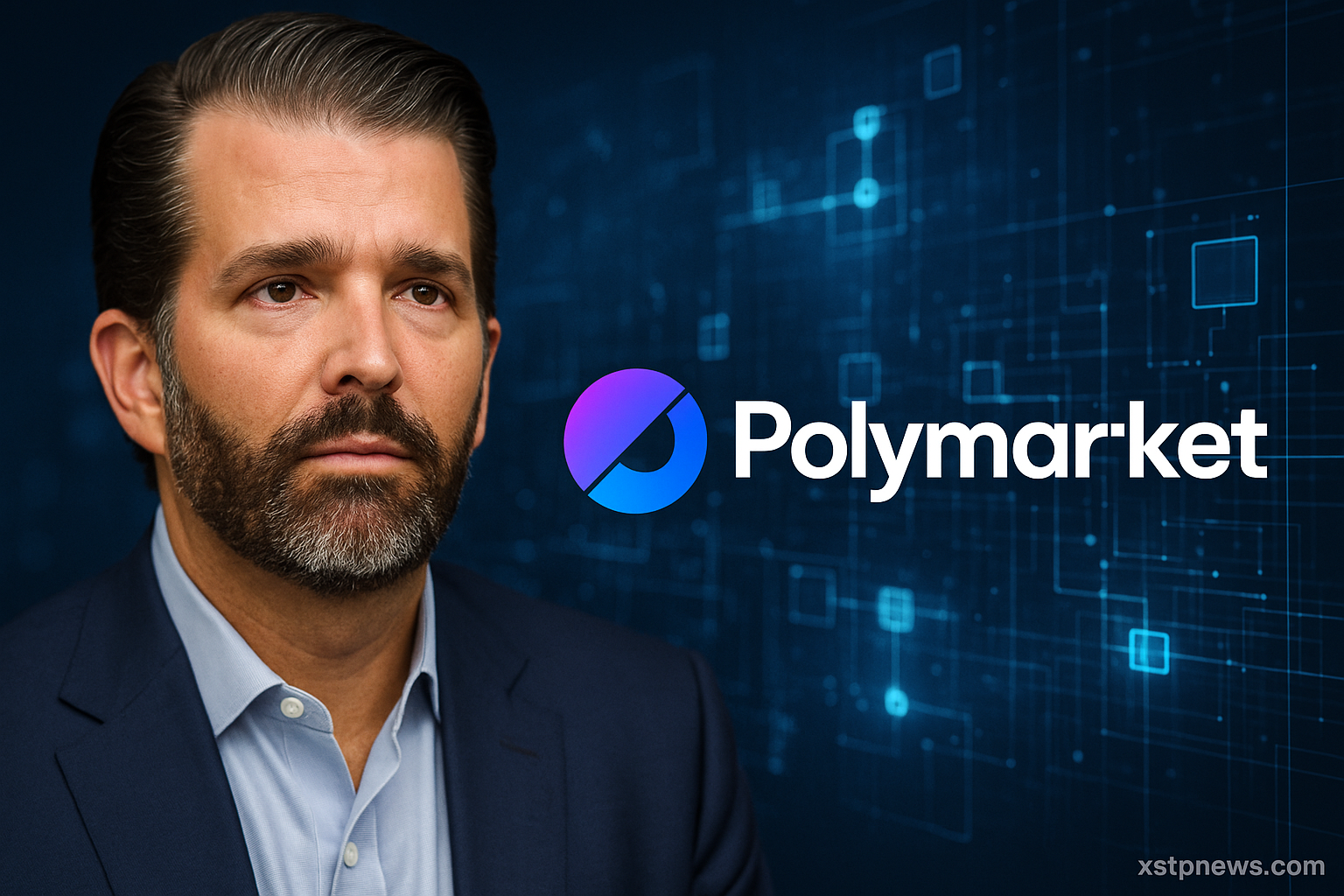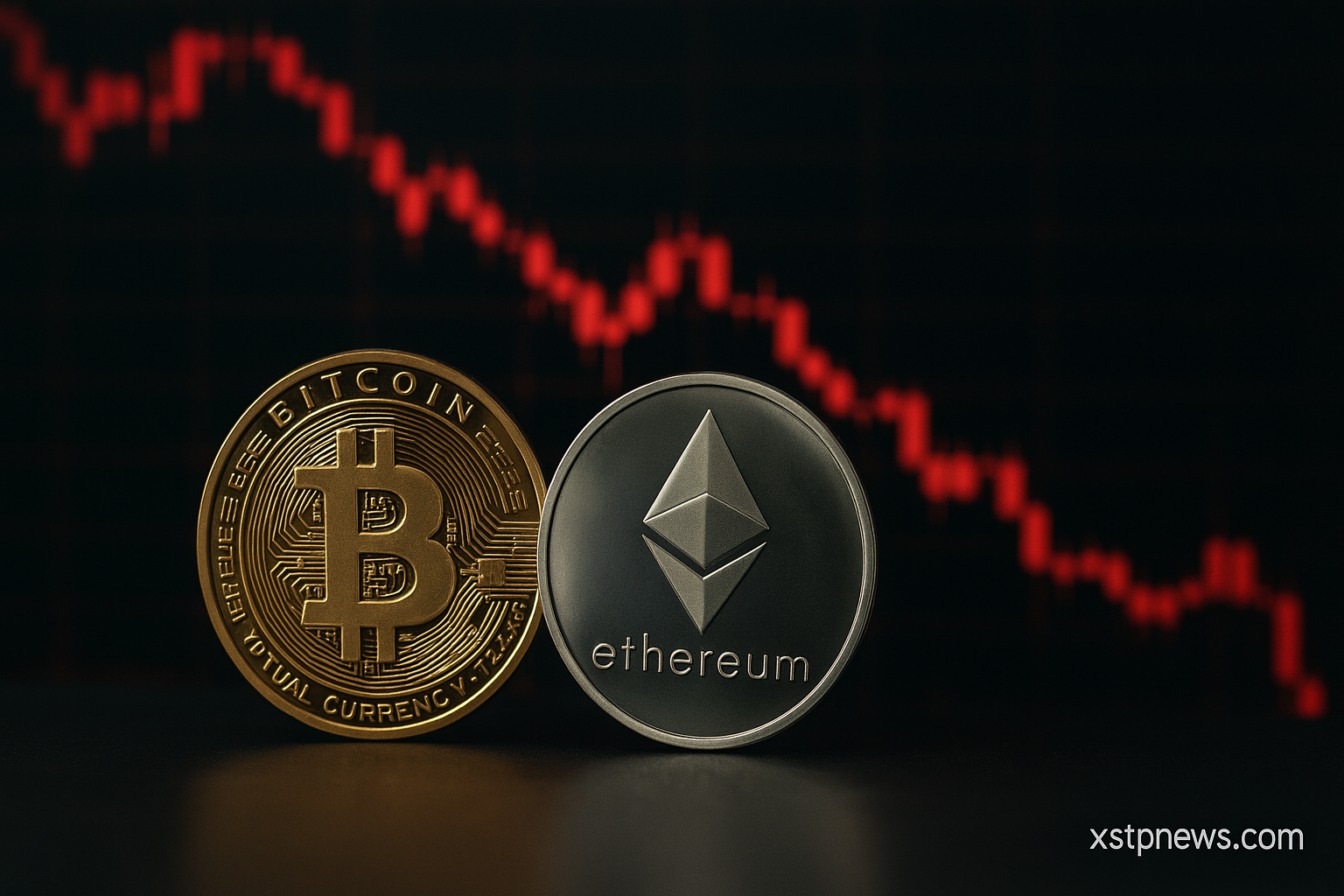TRON (TRX) currently ranks #8 on CoinMarketCap, with a market cap of $31.8 billion and daily volume surpassing $900 million. The asset has maintained a stable price range around $0.33–$0.34, with a modest gain of nearly 1% in the last 24 hours, and saw highs close to $0.44 in late 2024.
What Is TRON and How Does It Work?
Founded by Justin Sun in 2017, TRON is a Layer-1 blockchain initially launched as an ERC-20 token on Ethereum before migrating to its own mainnet in 2018. It uses a Delegated Proof-of-Stake (DPoS) consensus mechanism, where 27 Super Representatives are elected to validate blocks every ~3 seconds.
TRON is known for its high throughput of up to 2,000 transactions per second, near-zero transaction fees, and strong scalability, which has allowed it to attract widespread adoption across decentralized applications and payments.
Market Outlook and Recent Performance
TRON has no official max supply, but currently there are around 94.7 billion TRX tokens in circulation. Over the past 12 months, TRX has gained approximately 169%, outperforming nearly 89% of the top 100 crypto assets by market cap.
The network recently surpassed BNB Chain in Total Value Locked (TVL), reaching over $21 billion, positioning itself as a major player in DeFi. Analysts cite TRON’s efficiency and low fees as key drivers of adoption and predict a strong upside if momentum continues into late 2025.
TRX Price Projections and Technical Trends
Several traders have pointed to potential upside for TRX, with targets between $0.50 and $1 by the end of the year. Some forecasts note that its growing role in USDT issuance, institutional integrations, and ecosystem expansion could push the asset into a more bullish trajectory if macro sentiment supports risk-on assets.
While TRX has traded within a relatively tight range, analysts believe its current consolidation may precede a larger breakout.
Legal Concerns and Compliance Challenges
TRON has faced scrutiny over the past two years, particularly around illicit financial activity. According to investigations by The Wall Street Journal and the United Nations, TRON has been the primary network for suspicious crypto transactions, allegedly facilitating over 50% of all illegal flows through blockchain.
In response, the TRON DAO, Tether, and TRM Labs formed the T3 alliance in 2024 to improve surveillance and implement proactive anti-money laundering protocols. While these moves aim to restore credibility, reputational risks persist.
Real-World Adoption and Use Cases
TRON supports a thriving DeFi and dApp ecosystem. Its smart contract compatibility, combined with support for TRON Virtual Machine (TVM), allows seamless deployment of decentralized services.
Notably, TRON is now the largest network for USDT transactions, with over $75 billion in stablecoins circulating via the TRC-20 format, surpassing Ethereum in total issuance volume. This has made TRX a preferred network for cross-border transactions, especially in regions where transaction cost matters.
Additionally, in May 2025, Rumble Cloud partnered with TRON DAO to support a decentralized internet infrastructure, enabling scalable, censorship-resistant applications built on the network.
Outlook and Strategic Positioning
TRON remains a high-efficiency, low-fee blockchain with a solid technical foundation and proven use cases in stablecoins and DeFi. Despite reputational challenges, its performance and network utility make it a strong contender for long-term relevance.
Some analysts believe that with consistent demand and global expansion, TRX could break the symbolic $1 barrier, although this would depend on market sentiment, liquidity inflows, and continued technical adoption.
source: CoinMarketCap, Binance, CoinGecko, AMB Crypto, Forbes, CoinCodex, India Times, AInvest, Wikipedia, TheCryptoBasic







